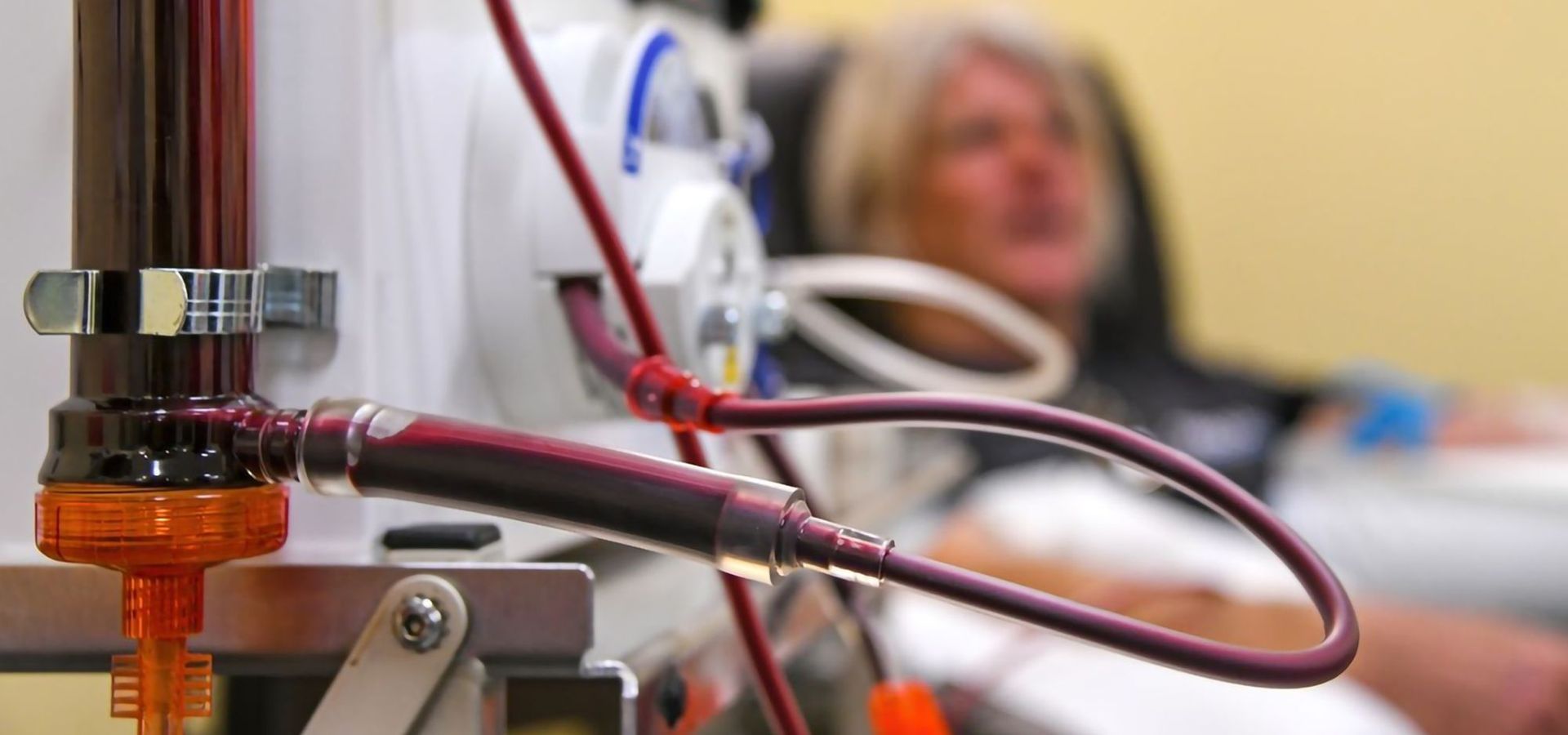The Benefits of Hyperbaric Oxygen Therapy in Post-Illness Recovery
Let's explore the science behind hyperbaric oxygen therapy and its benefits in aiding recovery post-illness.
The Benefits of Hyperbaric Oxygen Therapy in Post-Illness Recovery
Recovering from a severe illness can be a lengthy and challenging process, often requiring specialized treatments to facilitate healing and restore normal function. One treatment that has gained attention for its effectiveness in post-illness recovery is hyperbaric oxygen therapy (HBOT). As a therapy tool, HBOT is used not only for conditions traditionally associated with decompression sickness but also increasingly for chronic wounds, severe infections, and other medical conditions that benefit from enhanced oxygen availability. This article explores the science behind hyperbaric oxygen therapy and its benefits in aiding recovery post-illness.
What is Hyperbaric Oxygen Therapy?
Hyperbaric oxygen therapy involves breathing pure oxygen in a pressurized room or chamber. In this environment, the air pressure is three times higher than normal. Under these conditions, your lungs can gather more oxygen than pure oxygen at normal air pressure. This increase in blood oxygen temporarily restores normal levels of blood gases and tissue function to promote healing and fight infection.
Enhancing the body's natural healing process
The primary benefit of hyperbaric oxygen therapy is its ability to significantly increase oxygen concentration in all body fluids, plasma, central nervous system fluids, lymph, and bone. This enhanced oxygen level can:
- Stimulate healing. Oxygen is crucial for healing. More oxygen in the bloodstream helps the body support its healing processes more effectively. This is particularly beneficial in post-illness recovery when the body needs additional resources to repair and regenerate damaged tissues.
- Reduce inflammation. HBOT has been shown to decrease inflammation, which is often a significant part of recovery. By reducing inflammation, HBOT can help alleviate pain and speed up the healing of affected areas.
- Enhance immune response. Increased oxygen levels can enhance the ability of white blood cells to kill bacteria, reduce swelling, and allow new blood vessels to grow more rapidly in the affected areas. This is especially important in post-illness recovery, where the immune system may have been weakened.
Accelerating recovery from infectious diseases
Hyperbaric oxygen therapy can be a valuable adjunct treatment for infectious diseases. For bacterial infections, the high oxygen levels are toxic to anaerobic bacteria and enhance the effects of certain antibiotics. In the case of viral infections, enhancing oxygenation may improve outcomes by accelerating healing processes in compromised tissues.
Aiding with long COVID-19 syndrome
Most COVID-19 sufferers recover, yet about 10-20% experience long COVID, exhibiting symptoms like fatigue, chest pain, and more serious cardiac issues. A randomized, controlled, double-blind trial explored the use of hyperbaric oxygen therapy (HBOT) on such patients, specifically its impact on cardiac function. In this study, 60 long COVID patients underwent either HBOT or a sham treatment over eight weeks.
Echocardiography results indicated that the HBOT group saw a significant improvement in heart contraction and relaxation capabilities, as measured by global longitudinal strain (GLS), compared to the sham group. This suggests HBOT could aid in recovering cardiac function in long-term COVID patients, though further research is necessary to optimize treatment duration and assess long-term benefits.
Applications in neurological recovery
Post-illness recovery involving the brain, such as after a stroke or traumatic brain injury, can benefit significantly from HBOT. The therapy can help awaken dormant neurons that are not dead but are disabled due to reduced oxygen. By enhancing the oxygen environment, HBOT can facilitate the recovery of brain function and improve outcomes in cognitive and motor skills.
The use of hyperbaric oxygen therapy in treating neurological disorders such as Alzheimer's, dementia, and traumatic brain injuries shows promising results. Studies indicate that patients receiving this therapy experience improved functionality and reduced hypoxia and inflammation, enhancing life expectancy and cognitive function.
Furthermore, those with traumatic brain injuries treated with hyperbaric oxygen showed significant improvements on the Glasgow coma scale, suggesting better overall outcomes and lower mortality rates. Researchers advocate for integrating hyperbaric oxygen therapy into standard intensive care regimens for such conditions, highlighting its potential benefits in neurological recovery. Another study shows that HBOT improved symptoms, brain microstructure, and functionality in veterans with treatment-resistant PTSD.
Promoting wound healing
Chronic wounds, which can be a complication of severe infections or prolonged bed rest, respond well to hyperbaric oxygen therapy. HBOT provides the oxygen necessary to support the repair mechanisms required to heal a wound. Moreover, it promotes the growth of new collagen and skin cells by stimulating the formation of new blood vessels. It also activates cells to produce specific substances, such as vascular endothelial growth factor, which attracts and invigorates endothelial cells essential for healing. This is particularly useful in diabetic foot ulcers and other non-healing wounds common in post-illness scenarios.
Considerations and contraindications
While HBOT is safe for most people, there are certain conditions where it may not be recommended. It's essential to consult with a healthcare provider to understand the potential risks and benefits based on individual health needs. Side effects are generally mild but can include ear pressure, similar to the sensation experienced during an airplane's ascent or descent.
Conclusion
Hyperbaric oxygen therapy represents a promising adjunctive treatment in post-illness recovery. Its ability to deliver a high oxygen concentration to damaged tissues promotes faster healing, reduces inflammation, and enhances immune function. For those recovering from serious illnesses, mainly where conventional treatments have been insufficient, HBOT offers a beneficial, albeit underutilized, therapeutic option. As research continues to evolve, the potential applications of this therapy could expand, offering hope and improved recovery outcomes to many more patients.
For those interested in exploring the potential benefits of HBOT for post-illness recovery, ECORE offers state-of-the-art hyperbaric oxygen therapies tailored to meet individual needs and enhance recovery processes. Visit this page to learn more about how our therapies can help you or your loved ones regain health and vitality.

